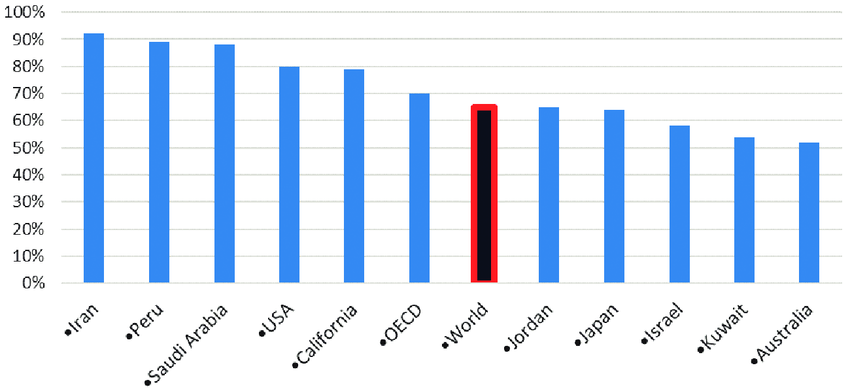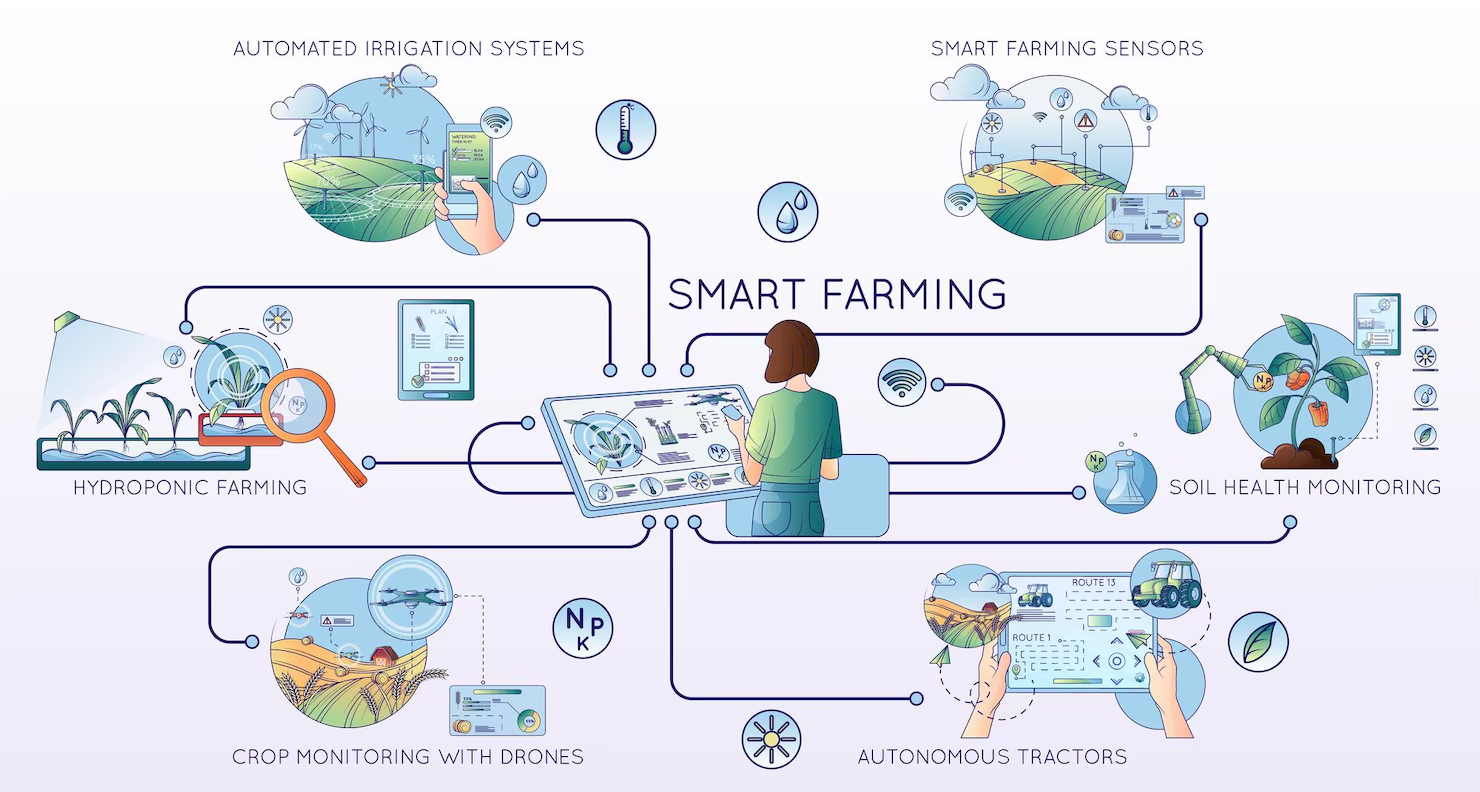As climate change and water scarcity become more pressing global issues, teaching students about sustainable solutions has never been more important. One powerful and practical way to introduce these concepts is through IoT-based smart irrigation systems. By combining technology with environmental awareness, students can learn not only how to build smart systems—but why these systems matter for our planet.
What is IoT-Based Smart Irrigation?
IoT-based smart irrigation involves using Internet of Things (IoT) devices—like soil moisture sensors, temperature monitors, and microcontrollers—to control and optimize how much water is used in irrigation systems. Instead of watering plants on a timer or manually, sensors send real-time data to a microcontroller (like an Arduino or Raspberry Pi), which then activates or deactivates the water flow based on actual need.
This approach not only reduces water waste but also improves crop health, making it a cornerstone of smart farming and sustainability practices.
How Smart Irrigation Connects to Sustainability
By automating and optimizing water usage, smart irrigation systems play a key role in sustainable farming with IoT. In a school setting, these projects can demonstrate:
- Water conservation: Students can observe firsthand how data-driven systems reduce waste compared to traditional methods.
- Climate change adaptation: Smart irrigation is a great entry point into understanding how technology helps farmers adapt to changing weather patterns.
- Sustainable practices: Learners gain exposure to IoT applications in sustainable farming—real-world tools used globally to solve critical problems.
Educational Benefits: Why Schools Should Teach Smart Irrigation
Implementing IoT-powered water management systems in classrooms or school gardens introduces students to a blend of disciplines:
- Science: Learning about soil, weather, and plant biology.
- Technology: Programming microcontrollers and reading sensor data.
- Engineering: Building working systems from sensors, pumps, and pipes.
- Math: Analyzing data trends, water usage, and efficiency metrics.
Smart irrigation projects are a fun, hands-on way to promote STEM learning with smart agriculture, especially when tied to project-based or environmental science curricula.
How IoT Improves Irrigation Efficiency
Traditional irrigation methods often result in overwatering or inefficient timing. With smart farming automation using IoT, students can:

- Use soil moisture sensors to trigger irrigation only when needed.
- Monitor environmental factors like sunlight and temperature to predict plant needs.
- Track water usage data and adjust systems accordingly.
These systems can be analyzed against traditional setups to visually demonstrate how IoT reduces water waste.
Step-by-Step: Implementing Smart Irrigation in Schools
Here’s a simplified roadmap for getting started with an IoT-based irrigation system in a classroom:
- Plan the layout: Identify where you want to implement the system (garden beds, planters, etc.).
- Gather components: Include soil moisture sensors, water pumps, microcontrollers (Arduino/ESP32), tubing, and water reservoirs.
- Program the microcontroller: Use simple code to read sensor values and control the pump.
- Test and adjust: Monitor readings over several days and fine-tune the system to minimize water use.
- Visualize the data: Use basic dashboards or plots to analyze water usage over time.
For younger students or limited budgets, even simulated versions or virtual platforms like Tinkercad can demonstrate the concept.
Real-World Impact: Why It Matters
Through smart irrigation case studies and their own classroom systems, students begin to understand the broader picture:
- How technology improves irrigation systems
- The difference between smart irrigation vs. traditional irrigation
- How precision in agriculture saves resources and boosts sustainability
- The role of IoT in environmental STEM education
When connected to larger themes like climate action, food security, and green innovation, these lessons become deeply meaningful.
Connecting to Bigger Conversations
This project naturally opens discussions on:

- Smart agriculture with IoT and its global importance
- Climate resilience and how farmers adapt with tech
- How students can become part of the solution through informed innovation
You might even expand the project to monitor humidity, temperature, or rainfall—all of which feed into better water management decisions.
Conclusion: Inspiring Change Through Education
How students can learn sustainability through smart irrigation is more than just a lesson in gadgets—it’s a lesson in values. By learning how to build and optimize water-saving irrigation systems using IoT, students explore real-life solutions to climate change, water conservation, and resource management.
Projects like this give learners the power to create impact. Whether it’s a garden bed on campus or a hypothetical farm in a coding simulation, sustainable farming with IoT is more than a school project—it’s a step toward a better future.
